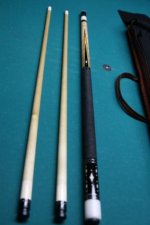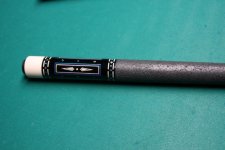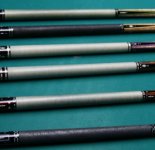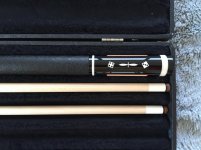Weak Regulations on Elephant Leather vs. Ivory
Here is the Rule of Law........Don't Break It
Weak Regulations on Elephant Leather vs. Ivory
Believe it or not, anyone can purchase and resell elephant leather provided that they comply with the lax regulations of the Convention of International Treaty of Endangered Species (CITES). The fact that you can legally buy and sell one part of a threatened animal, but not another, is a bizarre loophole in our regulations.
For instance, the elephant leather must be purchased legitimately from sellers who obtained elephant skin from legally culled elephants. According to elephant leather manufacturers, African elephant skins come from culls once an elephant population becomes too big for a particular area and poses a threat to tribes or other wildlife. However, the legitimacy of elephant culls for “conservation” efforts are dubious at best. Another catch is that a buyer can never be truly certain whether or not a bag, belt, or other item has come from a culled elephant or a poached one. The U.S. Fish & Wildlife Service says that regulating elephant leather and other non-ivory products is not necessary because ”there is no information to indicate that commercial use of elephant parts and products other than ivory has had any effect on the rates or patterns of illegal killings of elephants and the illegal trade in ivory.”
However, information gathered from the IFAW and Humane Society International proves otherwise.They found that between 2003 and 2012, the United States was a chief importer of non-ivory elephant products including skins (33,184 specimens) and small leather products (57,844 specimens). “Notably, the number of African Elephant skins imported to the United States is dramatically increasing (from an average of 797 per year at the beginning of this period to an average of 2,123 per year by the end),” LaFontine said. While it may not be on the same scale as demand for ivory, it’s clear that consumer demand for elephant leather is a contributing factor to elephant deaths. Unfortunately, this issue receives little attention – attention that it absolutely must get before it’s too late for this beautiful being.
Ivory: The United States generally prohibits the importation of elephant ivory. Don’t bring home raw ivory or ivory jewelry, carvings, or figurines made from the tusks of either African or Asian elephants. Avoid raw or carved ivory from the teeth or tusks of whales, walruses, narwhals, and seals.
LAWS PROTECTING ELEPHANTS
The Convention on International Trade of Endangered Species of Wild Flora and Fauna and the U.S. Fish and Wildlife Service have regulations that restrict the import, sale and ownership of elephant products. Of most concern are elephant tusks, on which most of the lucrative-but-illegal ivory trade is based. Increased demand for ivory has driven up its value, which in turn, has led to a rise in the poaching, or the illegal killing, of elephants. It is currently illegal to import elephant ivory into the United States or any country that is a party to CITES -- with a few very narrow exceptions.
AFRICAN OR ASIAN
While African elephants are currently listed as "threatened," according to CITES and the U.S. Fish and Wildlife Service, the Asian elephant remains endangered. The endangered status -- and listing in Appendix I of CITES -- of the Asian subspecies means that no products made from these elephants can be legally sold or owned in the United States. On the other hand, certain populations of African elephants must be culled to protect their habitats from overpopulation. Controlled culling of designated herds is both legal and necessary for the well-being of the elephants. Companies that obtain CITES permits can purchase and resell certain products, such as hides, from legally killed animals.
PERMITS REQUIRED
If you legally hunted and killed an elephant yourself, you may be able to bring home its hide and tusks. Under current law, the United States permits you to import hunted elephant products as trophy products from four countries: Botswana, Namibia, South Africa and Zimbabwe. First, you need an export permit from the CITES office in the country where the elephant was killed. If you obtain such a permit for export, you then need to get an import permit from the U.S. Fish and Wildlife Service.
Reptiles and Reptilian Leathers: Some reptiles have become popular pets, while others supply leather for shoes, wallets, handbags, and watchbands. Many manufacturers work with skins from sustainably harvested reptiles. But some snake, turtle, tortoise, crocodilian, and lizard species are protected and may be subject to trade restrictions. Check U.S. and country laws before buying reptiles or reptile products overseas or taking these items with you when you travel outside the United States








